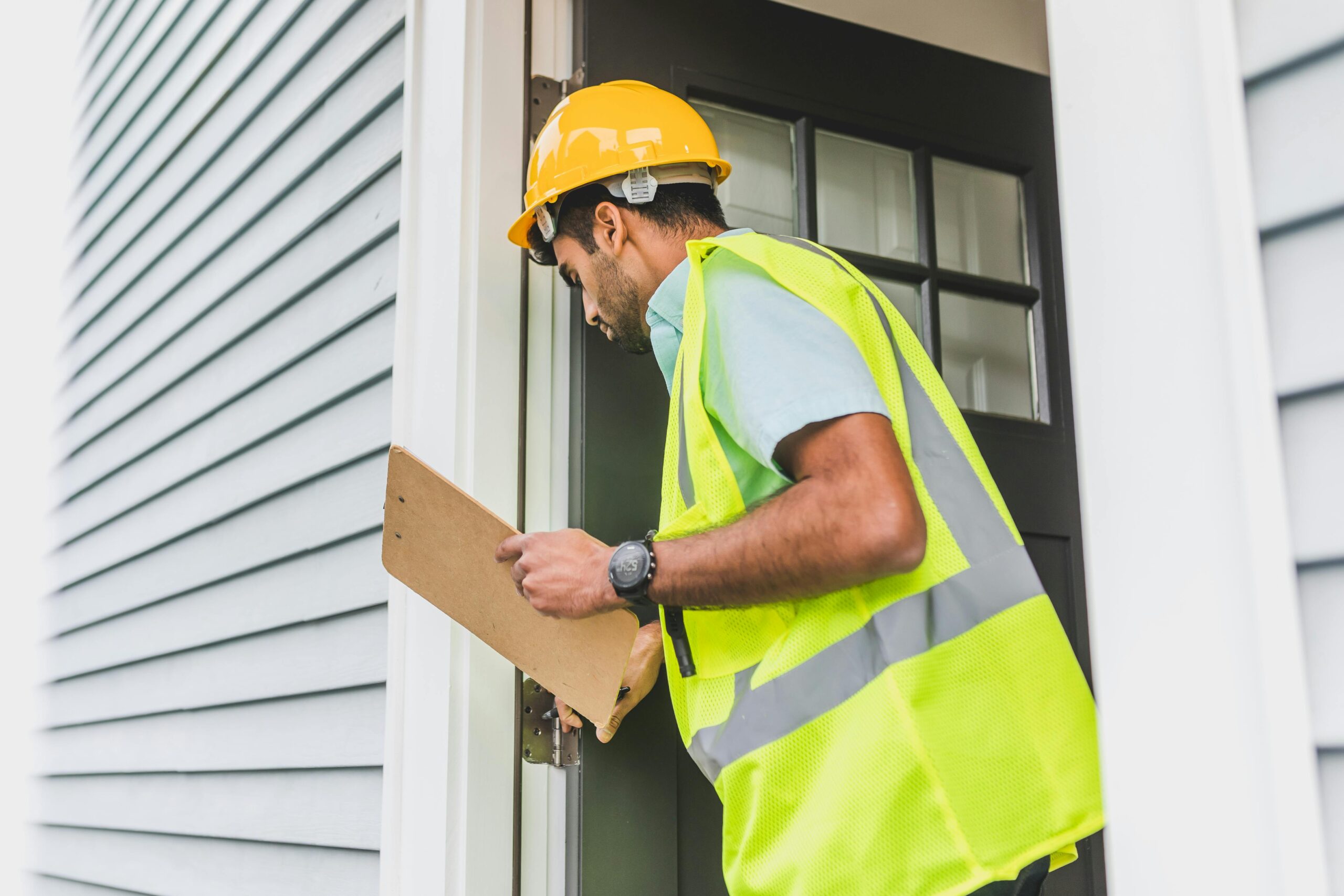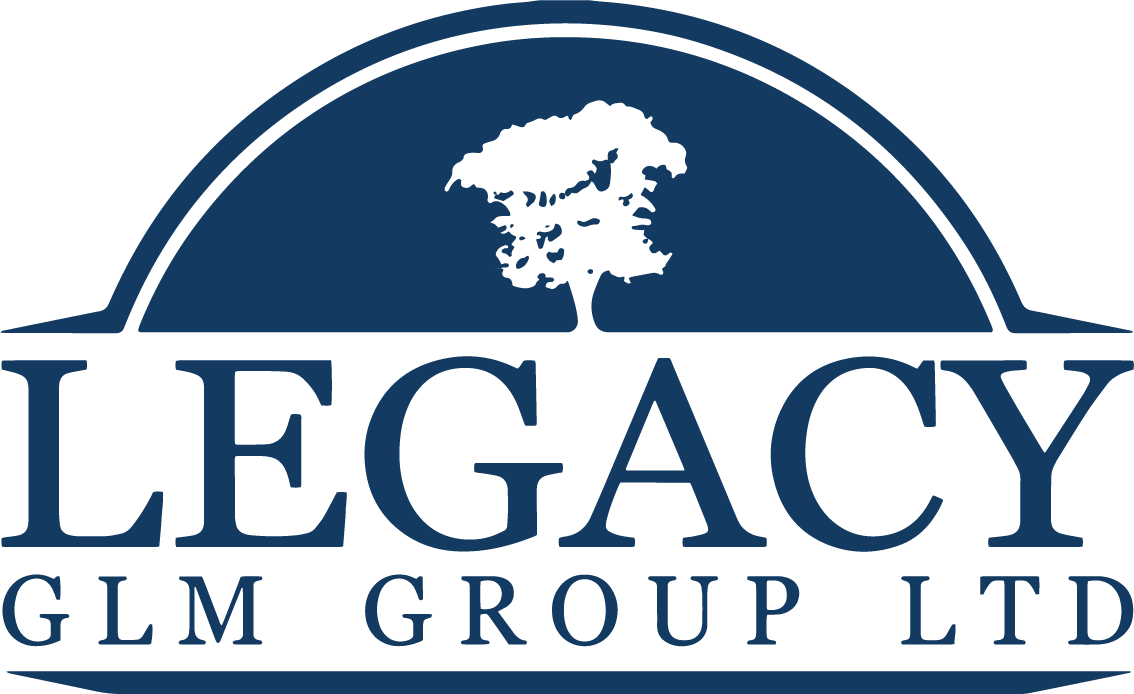
Dilapidation Charges In Hampshire is an important factor that property owners and tenants must understand before signing a lease. These charges refer to the costs tenants may be liable for when a commercial lease ends, mainly to cover repairs and maintenance needed to return the property to its original condition. If you’re a business owner, landlord, or property manager, understanding Dilapidation Costs In Hampshire is key to avoiding costly surprises and ensuring a smooth transition when the lease term comes to an end.
What exactly is a Dilapidation Charge? Simply put, it is a financial obligation tenants might face for damage to a property or for failing to maintain it as outlined in the lease agreement. Dilapidation Works, which include repairs like fixing broken windows, re-painting walls, or addressing structural damage, are often necessary to meet the terms of the lease. These charges can add up quickly, leaving tenants with a substantial financial burden if the property isn’t maintained properly.
In this guide, we’ll walk you through everything you need to know about Dilapidation Charges In Hampshire, including common causes, the legal framework, and how to minimise these costs before the end of your lease. Whether you’re a tenant looking to prevent future charges or a landlord wanting to ensure your property is properly managed, this guide will equip you with the knowledge you need.
By the end of this article, you’ll have a clear understanding of what dilapidation charges involve, how to prepare for them, and why it’s essential to take proactive steps in managing your property’s condition throughout the lease.
What Are Dilapidation Charges?
Dilapidation Charges refer to the costs tenants may incur when their leased property is not returned to its original condition at the end of the lease. These charges are primarily related to repairs and maintenance that should have been carried out by the tenant during the lease term. When a property’s condition does not meet the requirements set out in the lease agreement, Dilapidation Costs are assessed and tenants are required to pay for necessary repairs.
A Dilapidation Charge can include a wide variety of repairs, from fixing broken fixtures and appliances to restoring the property to its original state in terms of decor and structure. In many cases, landlords will assess the level of damage or wear and tear and determine the cost of bringing the property back to the condition it was in when the lease began.
Common examples of dilapidation works that may lead to charges include:
- Repairing broken fixtures and fittings: This may include fixing broken doors, windows, or plumbing issues that were not addressed during the lease term.
- Restoring walls and floors: In many cases, tenants may be expected to repaint or repair any damage done to walls, floors, or ceilings during their stay.
- Addressing structural issues: Any damage to the property’s structure, such as cracks in walls or issues with the roof, may be the responsibility of the tenant to fix.
- Cleaning and maintaining outdoor areas: If the exterior or outdoor areas were part of the lease agreement, tenants may be required to clean or maintain these spaces before moving out.
It’s important to note that Dilapidation Costs In Hampshire can vary significantly depending on the property type, location, and the extent of repairs needed. However, they are always tied to the lease agreement, which should clearly outline what the tenant is responsible for maintaining throughout the lease period. Failing to meet these obligations can lead to substantial charges when the lease ends.
For tenants, dilapidations can be expensive and frustrating, especially if they are caught off guard. Regular maintenance and early repairs can help prevent these charges, as can clear communication with the landlord about expectations for the property’s condition.

Common Causes Of Dilapidation Charges In Hampshire
Understanding the common causes of dilapidation charges can help both tenants and landlords prevent costly repairs when a lease ends. Dilapidation Costs in Hampshire often stem from a variety of factors that result in a property not being in the condition expected by the landlord. By identifying these causes early, tenants can avoid unnecessary expenses, and landlords can better manage their properties.
- Neglected Maintenance
One of the most common causes of dilapidation charges is the lack of routine maintenance during the lease term. Many tenants overlook minor repairs, which can lead to more significant issues over time. For example, failing to fix leaking pipes or clear gutters can lead to water damage, mould growth, or structural damage. Without regular checks and maintenance, these minor issues can snowball, resulting in costly repairs when the tenant vacates. - Damage to Fixtures and Fittings
Another common cause of dilapidation charges is damage to the property’s fixtures and fittings. This can include broken doors, windows, or damaged flooring that weren’t repaired during the lease period. Fixtures such as lighting, kitchen equipment, and bathroom units can easily become worn down or broken with everyday use, but failure to repair them can lead to tenants being held responsible for their replacement when they move out. - Wear and Tear on Walls, Floors, and Ceilings
While some wear and tear is to be expected in a commercial property, excessive damage can lead to dilapidation costs. Scratches, dents, and stains on walls, floors, or ceilings can accumulate over time and leave the property looking run-down. If the tenant fails to address these issues, the landlord may charge for repainting, re-tiling, or other necessary repairs to restore the property to its original condition. - Unkempt Outdoor Spaces
In commercial leases, outdoor areas may be included in the tenant’s responsibility. This could involve landscaping, parking spaces, or the general upkeep of the exterior of the property. Failing to maintain outdoor spaces, such as overgrown lawns, broken fences, or unattended signage, can result in dilapidation charges when the lease ends. Keeping these areas clean and tidy is important for maintaining the property’s value and meeting lease obligations. - Failure to Follow Lease Terms
Sometimes, dilapidation costs are simply the result of tenants not following the lease agreement. For instance, a lease may specify that certain areas need to be maintained in a particular way or that specific repairs should be made at regular intervals. Ignoring these terms can lead to damage and ultimately result in costly repairs at the end of the lease. Regular communication with the landlord and careful review of the lease terms can help avoid these issues.
By understanding these common causes, tenants can take proactive steps to avoid dilapidation charges in Hampshire. Regular maintenance, keeping up with repairs, and maintaining clear communication with the landlord will ensure that the property is in the best condition possible when the lease term ends. For landlords, identifying these potential issues early can help avoid unnecessary costs and improve the overall quality of the property.
Legal And Financial Implications Of Dilapidation Charges
Dilapidation charges can have significant legal and financial implications for both tenants and landlords. Understanding these implications is vital to avoid unexpected costs and legal disputes, especially in Hampshire, where property laws are stringent. Whether you’re a tenant or a landlord, being aware of your responsibilities and the potential consequences can help you better manage your commercial property leases.
Legal Implications of Dilapidation Charges
-
Breach of Lease Terms
Dilapidation charges often arise due to a breach of the lease terms, specifically regarding maintenance responsibilities. If a tenant fails to comply with the terms related to the upkeep of the property, the landlord has the right to charge for repairs and restoration work. In severe cases, this breach could lead to legal action, where the landlord may take the tenant to court to recover the costs for repairs that should have been made during the lease term. -
The Dilapidation Schedule
A dilapidation schedule is a key document in any property lease agreement. This schedule outlines the condition of the property at the start of the lease and establishes the tenant’s obligations to maintain and repair the property. If the tenant doesn’t meet these obligations, the landlord can use the schedule to justify the dilapidation charges at the end of the lease. Disputes over the schedule can lead to legal proceedings, adding to both the time and costs involved. -
Legal Action for Non-Payment
If a tenant refuses to pay the dilapidation charges, landlords can pursue legal action to recover the costs. The tenant might be taken to court or have a county court judgment (CCJ) issued against them. This could impact their ability to secure future leases or access credit, as CCJs can be recorded on their financial record.
Financial Implications of Dilapidation Charges
-
Costs for Tenants
The financial burden of dilapidation charges can be considerable for tenants. Depending on the extent of the damage or maintenance required, tenants may be required to pay substantial amounts to restore the property. These costs can include things like repairing structural issues, replacing damaged fixtures, repainting, or even redoing landscaping. Without proper maintenance throughout the lease, these costs can quickly escalate. -
Cost of Legal Fees
If a dispute arises over the dilapidation charges, both tenants and landlords may incur legal fees to resolve the issue. These costs could be significant, especially if the case proceeds to court. Tenants who refuse to pay or challenge the charges may end up facing legal costs in addition to the original dilapidation charges, further increasing their financial strain. -
Potential Impact on Future Leases
For tenants, an unresolved dilapidation dispute can affect their ability to secure future leases. A landlord may be unwilling to rent to a tenant with a history of dilapidation disputes, especially if the tenant has failed to meet their obligations. On the other hand, landlords who frequently pursue dilapidation claims could be seen as difficult landlords, which may affect their reputation in the market and make it harder to attract tenants in the future. -
Insurance Implications
In some cases, dilapidation charges can be covered by insurance. If a tenant has a property insurance policy that includes coverage for repairs or property damage, they may be able to claim for some of the costs associated with dilapidations. However, this depends on the terms of the insurance policy and whether the damage is deemed accidental or intentional. Landlords and tenants alike should check their policies to see what coverage they have in place.
Minimising Legal and Financial Risks
Both tenants and landlords can take proactive steps to minimise the legal and financial risks associated with dilapidation charges:
-
Regular Property Inspections: Tenants should conduct regular inspections to identify any areas that need attention before the lease term ends.
-
Clear Communication: Maintaining open communication between tenants and landlords ensures that any issues are addressed promptly, reducing the likelihood of disputes.
-
Professional Help: Seeking professional advice and services, such as hiring a property manager or legal expert, can help both parties understand their rights and responsibilities, minimising potential issues.
By understanding the legal and financial implications of dilapidation charges in Hampshire, tenants and landlords can navigate the end of the lease process with fewer surprises and more clarity, ensuring a smoother transition for both parties.

How To Minimise Dilapidation Charges Before The Lease Ends
Dilapidation charges can be costly, but there are practical steps tenants and landlords can take to minimise these expenses. By staying proactive and addressing issues early, both parties can save time, money, and avoid unnecessary stress at the end of the lease. Here are some practical tips for tenants and landlords alike:
Practical Tips for Tenants
-
Regular Property Inspections
One of the easiest ways tenants can reduce dilapidation costs is by carrying out regular inspections throughout the lease. Regularly checking the property for damage, wear, or issues that need attention can help identify problems early. Tenants should be proactive about fixing minor issues like leaks, cracked walls, or broken windows before they become more significant problems. By staying on top of repairs, tenants can avoid paying for major fixes when moving out. -
Keep Up With Maintenance
Routine maintenance is key in preventing dilapidation charges. Tenants should take care to clean and maintain appliances, fixtures, and fittings throughout the lease. This includes tasks like cleaning drains, checking appliances for faults, and ensuring all fire safety equipment is in working order. By regularly servicing the property, tenants can avoid neglecting issues that might lead to expensive repairs when it’s time to move out. -
Service Contracts and Repairs
A good way to minimise the risk of dilapidations is to have service contracts for essential systems like heating, air conditioning, and plumbing. A professional service provider can ensure that these systems are regularly maintained and kept in good working order. This not only prevents breakdowns but also shows the landlord that the tenant is responsible and committed to maintaining the property.
Practical Tips for Landlords
-
Clear Lease Agreements
Landlords can protect themselves from excessive dilapidation costs by ensuring that lease agreements clearly outline the tenant’s responsibilities. This includes specifying which repairs and maintenance tasks are the tenant’s responsibility and which fall under the landlord’s jurisdiction. Having a clear, detailed lease agreement prevents misunderstandings and makes it easier to address any issues when the lease ends. -
Proactive Property Management
Proactive property management is crucial for landlords looking to avoid dilapidation charges. Regular property inspections and maintenance checks throughout the lease term allow landlords to spot any issues early and address them before they become major problems. Additionally, addressing minor repairs as they arise helps keep the property in good condition, reducing the likelihood of large repair bills when the tenant vacates. -
Documenting Property Condition
Landlords should document the condition of the property at the start of the lease, ideally with photographs and a detailed report. This helps to avoid disputes when the tenant moves out, as it provides clear evidence of the property’s condition at the beginning of the lease term. Having a documented record ensures that both parties have the same understanding of the property’s condition.
The Role of Preventative Measures
-
Fire Risk Assessments
Fire risk assessments are a critical part of maintaining safety and ensuring that the property meets legal requirements. Regular assessments can prevent serious fire hazards, such as faulty wiring or blocked fire exits, which might otherwise be considered dilapidation charges at the end of the lease. Both tenants and landlords should ensure that fire safety measures are in place and are regularly checked. -
Electrical Safety Checks
Electrical safety checks are essential in ensuring that the property meets safety standards. Regular inspections of electrical systems can help prevent issues like faulty wiring, which could lead to major repairs or legal complications later. Landlords should ensure that the property has up-to-date electrical safety certifications, and tenants should report any electrical issues immediately to avoid future complications. -
Other Preventative Measures
Additional measures like plumbing checks, roof inspections, and maintaining structural integrity (e.g., walls and ceilings) can also reduce the risk of dilapidation charges. These regular checks can identify any small issues early, preventing them from becoming larger, more expensive problems. For tenants, keeping on top of these checks shows responsibility, and for landlords, it ensures that the property is kept in good condition throughout the lease term.
By taking these proactive steps, both tenants and landlords can reduce the likelihood of dilapidation charges and ensure that their properties remain safe, functional, and compliant with all legal requirements.
The Importance Of Maintenance And How We Can Help
At the end of the day, regular maintenance is essential for protecting both tenants and landlords from unnecessary dilapidation charges. By keeping up with repairs, carrying out regular property inspections, and adhering to safety standards, both parties can avoid the stress and cost of major repairs when a lease ends. Whether you’re a tenant or a landlord, maintaining a property throughout the lease is not only a legal requirement but a smart financial move.
Maintenance is an ongoing commitment that ensures the longevity and safety of a property. Proper maintenance reduces the likelihood of damage, saves money in the long run, and contributes to a smooth transition when a lease ends. As a landlord, proactive property management and clear lease agreements can minimise the risk of unexpected costs, while as a tenant, staying on top of repairs and inspections ensures that your space remains in top condition throughout your lease term.
At Legacy GLM Group, we understand the importance of maintaining a property and offer professional maintenance services to help both tenants and landlords stay compliant and avoid dilapidation charges. Our team provides comprehensive maintenance services, including routine inspections, repairs, and emergency fixes. We offer tailored solutions to ensure your property stays in the best possible condition, meeting all necessary regulations, and avoiding unnecessary costs.
We are committed to helping you manage your property efficiently, reducing the risk of disputes, and ensuring a hassle-free leasing experience. If you need expert maintenance services to protect your property and reduce dilapidation costs, contact us today. Call us at 02392 985 776 to find out how we can support your property needs.



